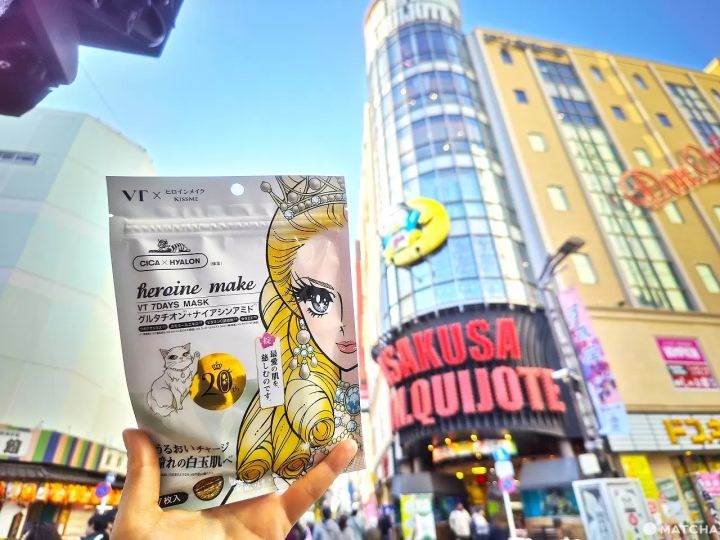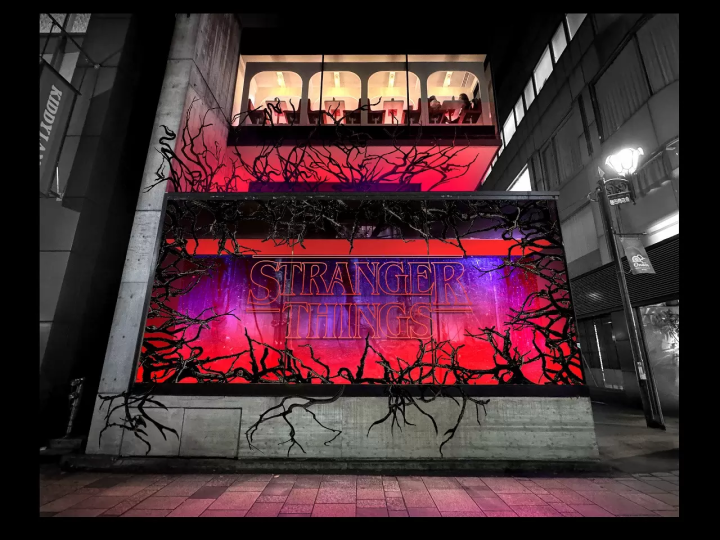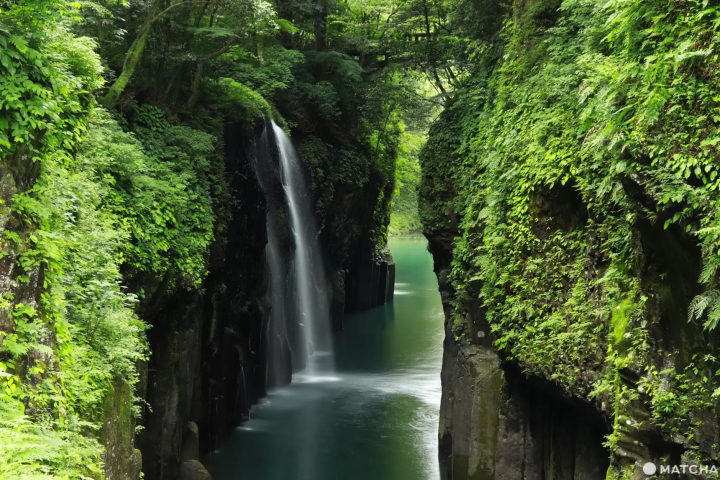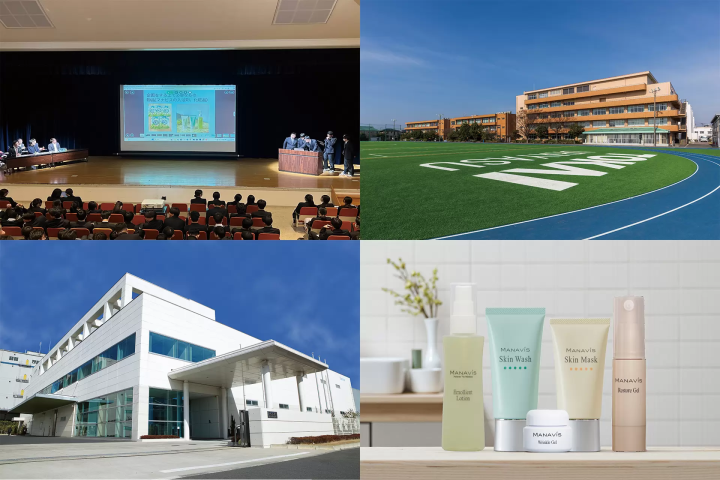Just 7 minutes by train from Osaka Umeda Station! Enjoy a day trip to Amagasaki from Osaka ! Castle town and downtown gourmet food

Amagasaki is a castle town filled with human warmth. Hanshin Amagasaki Station is a 7-minute train ride from Osaka Umeda Station, making it easily accessible! As the sights are concentrated near the station, it's perfect for a day trip from Osaka. In this article, we'll introduce the must-see sights, must-try dishes, and souvenirs in Amagasaki.
4 hours
Enjoy the warm-hearted castle town of Amagasaki on a day trip from Osaka
There are many castle towns in Japan, but one particular attraction of Amagasaki City in Hyogo Prefecture is its compactness, with many sights concentrated around the station.
Amagasaki Castle, which was rebuilt in 2019, the quiet temple town, and the Showa-era retro shopping street bustling with locals are all within walking distance from the station. Furthermore, it is easily accessible from Osaka, making it a hidden gem of an area.
This time, we will be heading to Amagasaki from Osaka Umeda Station on the Hanshin Railway. Let's go on a day trip together and enjoy the local charm!
See details about sightseeing in Amagasaki
Start from Osaka Umeda Station (Hanshin Railway)!
It takes about 7 minutes by express train from Osaka-Umeda Station on the Hanshin Railway to Amagasaki Station.
All of the spots in Amagasaki that we will introduce this time can be reached on foot from Amagasaki Station on the Hanshin Railway.
※Note※
In addition to the Hanshin Railway's Amagasaki Station, there is also the JR Amagasaki Station, but please note that the two stations are more than 2 km apart and it takes more than 30 minutes to walk there.
13 spots you should visit when you arrive at Amagasaki Station (Hanshin Railway)!
What did you think? Amagasaki is a little-known area with a nostalgic atmosphere. Please be sure to check it out.
Find out more about sightseeing in Amagasaki
There is also a direct line to Amagasaki Station from Namba Station!
This time we introduced the route from Umeda, the center of Kita, but you can also get to Amagasaki Station directly from Namba, the center of Minami.
It takes 15 minutes by rapid express from Osaka-Namba Station on the Hanshin Railway to Amagasaki Station. No transfers required.
Spots introduced in this itinerary
Amagasaki City is located in the southeastern corner of Hyogo Prefecture and is a core city with a population of about 450,000. Hanshin Electric Railway, JR, and Hankyu Railway run from east to west, and you can access Osaka, Kobe, Kyoto, and Nara without changing trains, and you can travel to the three Kansai airports in less than an hour, making it a very convenient city. [A town with a castle] In 1617, by order of the Edo Shogunate, the fudai daimyo Toda Ujikane became the lord of Amagasaki and built a new Amagasaki Castle. For about 250 years, Amagasaki Castle boasted its majestic appearance as the defense of the west of Osaka until it was demolished after the castle abolition order in 1873. It was rebuilt in 2019 and has once again become the symbol of the town. [A town of human kindness] Amagasaki has many shopping streets and public baths that have been bustling since ancient times, and the atmosphere of the downtown area remains throughout the town. Talking to friendly, warm-hearted older men and women gives you a sense of nostalgia and warmth. [A town where industry and the environment coexist] Amagasaki took its first steps as an industrial city with the opening of a spinning mill in the Meiji era, and has since led the country's rapid economic growth. In recent years, the city has set high goals and taken on pioneering initiatives to realize a low-carbon society, including drastically reducing greenhouse gas emissions, and was selected by the government as an "environmental model city" in 2012. *The Amagasaki Tourism Bureau was established in March 2018 with the cooperation of various stakeholders in Amagasaki to work toward creating a future-oriented tourism region unique to Amagasaki that attracts tourists, enriches the local economy, and fosters pride and attachment to the region by making the most of local resources.
The contents on this page may partially contain automatic translation.















































![[THE BLOSSOM KYOTO] Awaken your senses with the Kyoto aesthetic that lives on in the hotel](https://resources.matcha-jp.com/resize/720x2000/2025/07/01-237865.webp)


